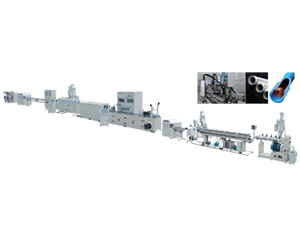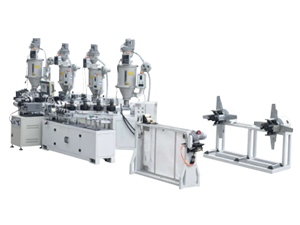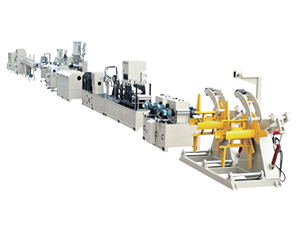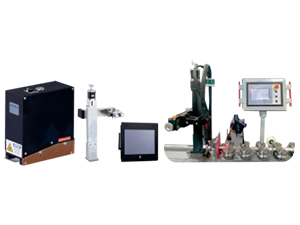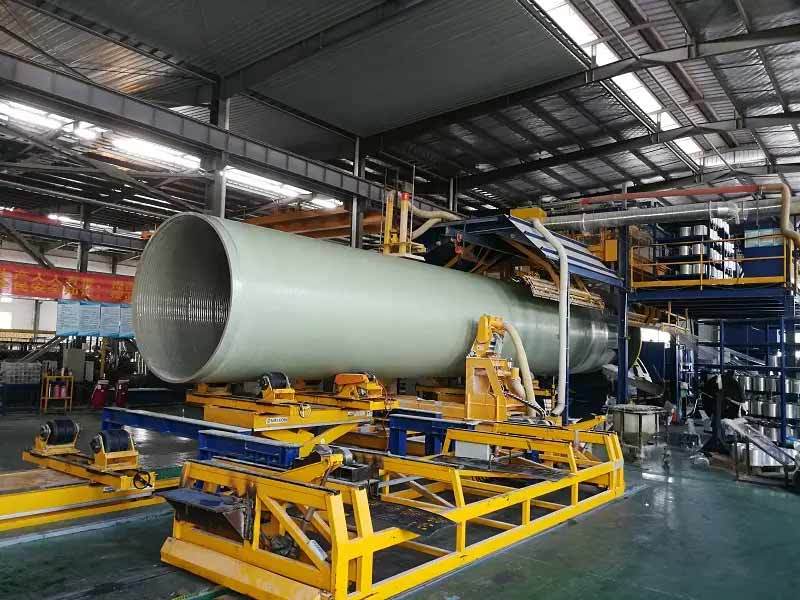Understanding FRP Pipe Machinery: Innovations in Manufacturing Processes
Sep 16,2025

FRP Pipe Machinery plays a pivotal role in the manufacturing of fiberglass reinforced plastic pipes, which are increasingly utilized across various industries due to their lightweight, corrosion-resistant, and durable nature. The process of producing these pipes involves several sophisticated machinery components and technologies designed to ensure efficiency and quality.
At the core of FRP Pipe Machinery is the filament winding process, which is one of the most common methods for producing FRP pipes. This technique involves winding continuous strands of fiberglass around a rotating mandrel, which allows for precise control over the orientation and thickness of the fiberglass layers. The resulting product exhibits superior strength-to-weight ratios, making it ideal for applications in water treatment, oil and gas, and chemical industries.
Another critical aspect of FRP pipe production is the resin application and curing process. The machinery utilized in this phase typically includes resin impregnation systems that ensure even distribution of resin throughout the fiberglass layers. Advanced technology, such as vacuum-assisted resin transfer molding (VARTM), can also be employed to enhance the impregnation process, resulting in high-quality end products with minimal void content.
In addition to the core machinery for winding and curing, various auxiliary systems are essential for optimizing the efficiency of FRP Pipe Machinery. These may include cutting machines for precise length adjustments, inspection systems that utilize non-destructive testing methods, and automated handling equipment for improved logistics. The integration of automation and control systems has revolutionized the production process, allowing for real-time monitoring and adjustments to ensure consistent quality and performance.
Moreover, staying updated with industry trends and technological advancements is crucial for manufacturers specializing in FRP Pipe Machinery. The use of computer-aided design (CAD) and simulation software in the design phase can lead to significant improvements in the performance and efficiency of the machinery. Emphasizing research and development can also lead to innovative solutions that address the evolving needs of the market.
In conclusion, FRP Pipe Machinery represents a dynamic segment within the manufacturing processing machinery industry. By embracing advanced technologies and continuously improving production processes, manufacturers can enhance the capabilities of FRP pipes, meeting the demands of diverse applications while ensuring long-term sustainability. Understanding these elements is essential for professionals in the field looking to leverage the full potential of FRP pipe manufacturing.
At the core of FRP Pipe Machinery is the filament winding process, which is one of the most common methods for producing FRP pipes. This technique involves winding continuous strands of fiberglass around a rotating mandrel, which allows for precise control over the orientation and thickness of the fiberglass layers. The resulting product exhibits superior strength-to-weight ratios, making it ideal for applications in water treatment, oil and gas, and chemical industries.
Another critical aspect of FRP pipe production is the resin application and curing process. The machinery utilized in this phase typically includes resin impregnation systems that ensure even distribution of resin throughout the fiberglass layers. Advanced technology, such as vacuum-assisted resin transfer molding (VARTM), can also be employed to enhance the impregnation process, resulting in high-quality end products with minimal void content.
In addition to the core machinery for winding and curing, various auxiliary systems are essential for optimizing the efficiency of FRP Pipe Machinery. These may include cutting machines for precise length adjustments, inspection systems that utilize non-destructive testing methods, and automated handling equipment for improved logistics. The integration of automation and control systems has revolutionized the production process, allowing for real-time monitoring and adjustments to ensure consistent quality and performance.
Moreover, staying updated with industry trends and technological advancements is crucial for manufacturers specializing in FRP Pipe Machinery. The use of computer-aided design (CAD) and simulation software in the design phase can lead to significant improvements in the performance and efficiency of the machinery. Emphasizing research and development can also lead to innovative solutions that address the evolving needs of the market.
In conclusion, FRP Pipe Machinery represents a dynamic segment within the manufacturing processing machinery industry. By embracing advanced technologies and continuously improving production processes, manufacturers can enhance the capabilities of FRP pipes, meeting the demands of diverse applications while ensuring long-term sustainability. Understanding these elements is essential for professionals in the field looking to leverage the full potential of FRP pipe manufacturing.
Contact Us
E-mail:
Phone/Wechat/WhatsApp
Address:
A2-1408, Kaichuang Avenue to Tai Plaza, Huangpu District, Guangzhou City, Guangdong Province



